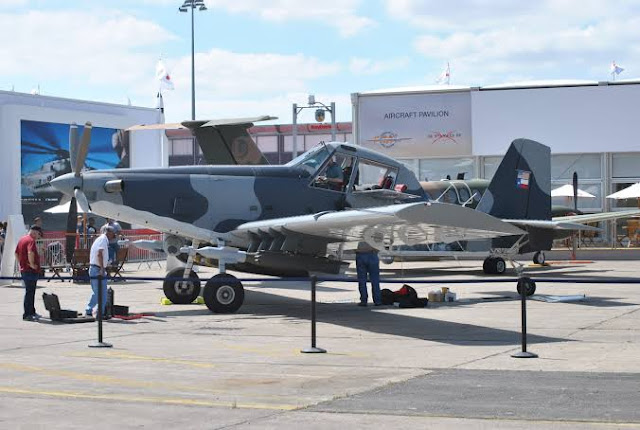How Does an Aircraft Fly’s?
This question everyone ask when seeing an aircraft (Airplane) flying in Sky. Concept is there are four forces acting on the airplane during Flying. Forces which act on aircraft are
Lift, Drag, Thrust, Weight
Forces Acting on an Aircraft
Lift and Drag are Aerodynamic force “Aero” stands for the Air and “Dynamic” denotes motion, as they are created due to the movement of the Airplane through Air.
Lift- To overcome the weight force, Lift is an upward force created on the aircraft wing to make the aircraft move upward. Lift is produced by the motion of the Airplane through the Air.
Lift is produced due Pressure Gradient created on the Wing surface, Where lower pressure created on the upper surface of the airplane wing than to the pressure on the wings lower surface causing the wing to Lifted upward.
Lift will be always perpendicular airplane moving direction, which opposes the Gravity Force.
Drag- Drag is always opposite to Thrust. It is an opposing force created on an airplane, while the airplane moves in forward direction. Air resist the motion of the aircraft the resisting force is called as Drag. Drag force is mainly created by skin friction and Displacement of the air.
Thrust- In order start moving an airplane Thrust should be greater than the Drag. To overcome drag thrust force is generated on the airplane using engine powered propulsion system. Thrust is man-made force.
Magnitude of the Thrust depends factors based propulsion systems includes Throttle capacity
- Number of engine used
- Type of Engine
Weight-Weight is opposite to Lift. It is a force always acting vertically downward to the center of gravity. The magnitude of weight include total of (Mass of all the airplane parts + Amount of fuel + payload on board includes people, baggage, luggage) Weight is acting towards the center of gravity of earth.
TOTAL WEIGHT = (Mass of all the airplane parts + Amount of fuel + payload on board includes people, baggage, luggage or cargo)
Flight Directions and Controls
Flight control is Aerodynamics devices allows pilot to adjust and maintain the airplane in stable path during flight.
ROLL - Ailerons controls motion along longitudinal axis. The pilot create Roll by changing bank angle by (increasing the lift on one wing and decreasing the lift on other) lift difference causes rotation motion.
PITCH - Elevator controls rotational motion along lateral axis. The pilot creates pitch by changing the angle of the Elevator, Aircraft moves up and down direction with reference to the Nose.
YAW - Rudder controls motion along Vertical axis. The pilot creates pitch by changing Rudder angle located on the Tail, Aircraft moves left and Right direction with reference to the Nose.
Longitudinal axis - The line of axis passes through aircraft from Nose to Tail
Lateral axis - The line of axis passes through aircraft From Wing tip to Wing tip.
Vertical axis - The line of axis passes through aircraft from Top to Bottom.
The combination of this force and controls makes the aircraft Fly.
For more Related Topic and Information on Aircraft Technology - CLICK HERE



























